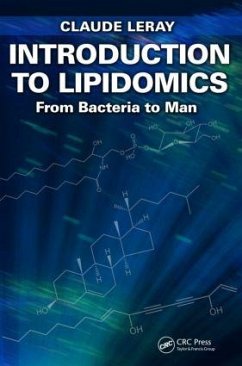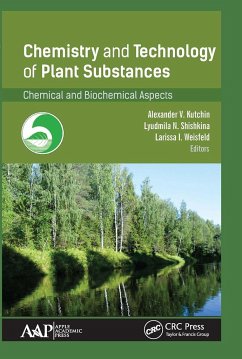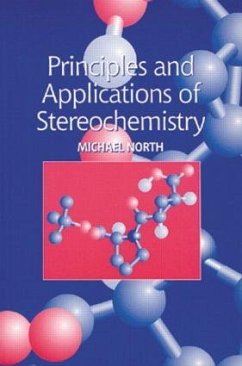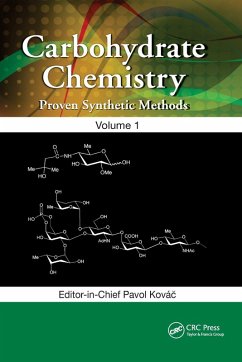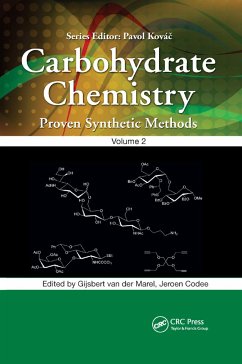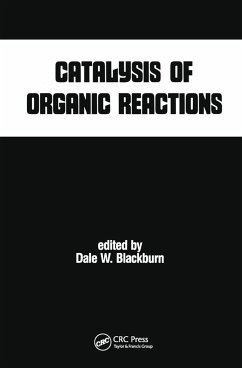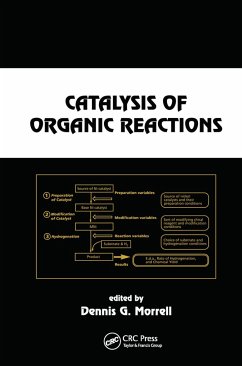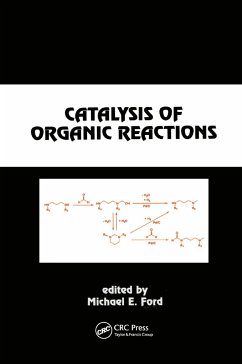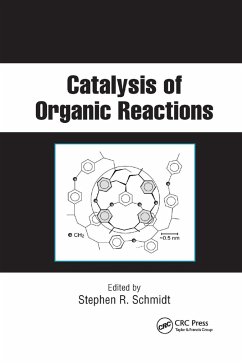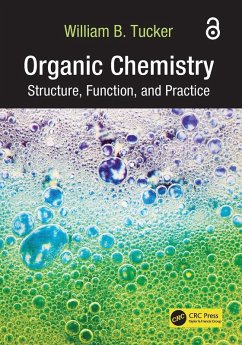
Organic Chemist's Desk Reference
Versandkostenfrei!
Versandfertig in 1-2 Wochen
115,99 €
inkl. MwSt.

PAYBACK Punkte
58 °P sammeln!
The Organic Chemist's Desk Reference has been essential reading for laboratory chemists who need a succinct guide to the fundamentals of organic chemistry. Extensively revised and updated, this new edition contains the very latest data that chemists need access to for experimentation and research.



